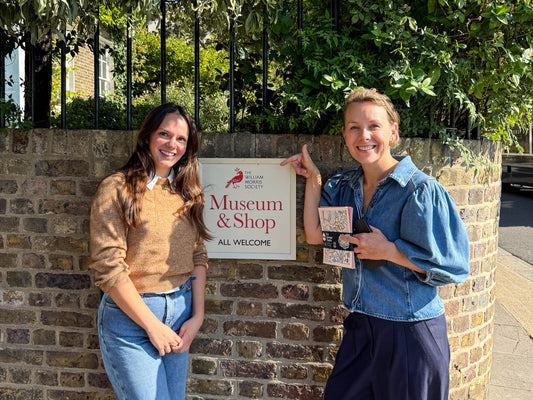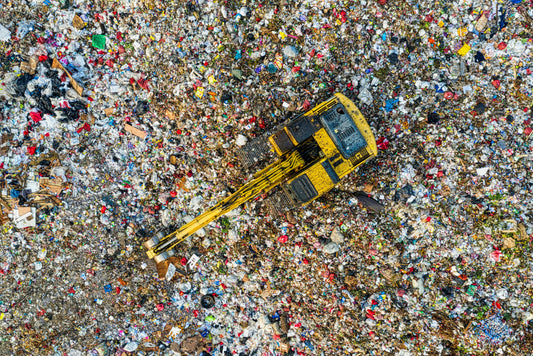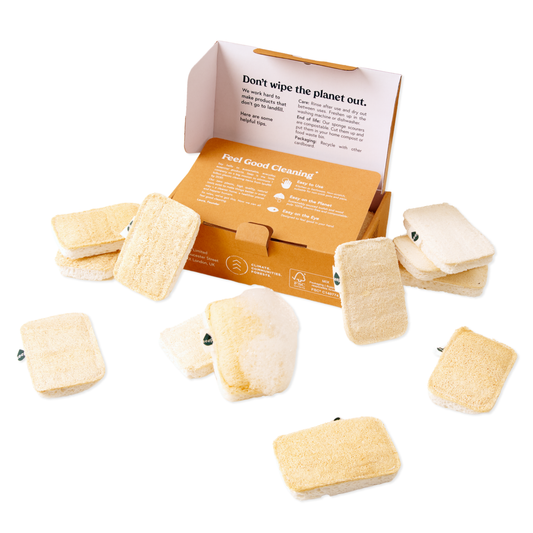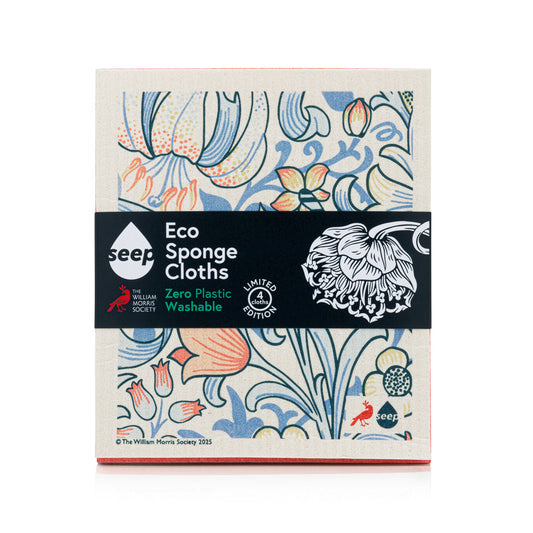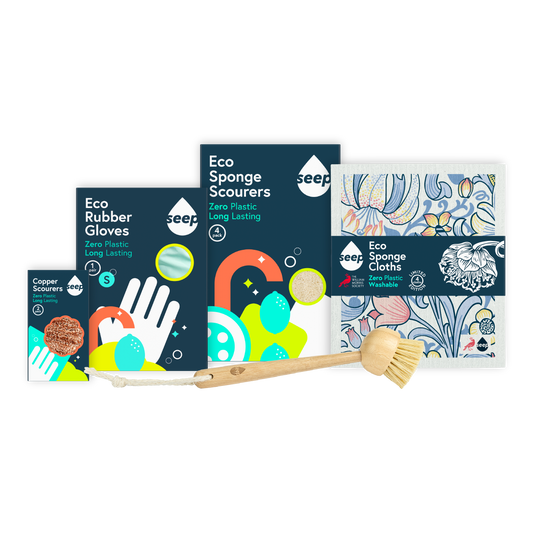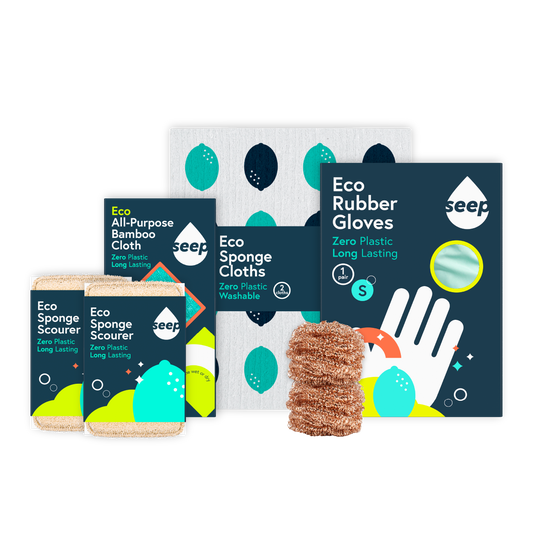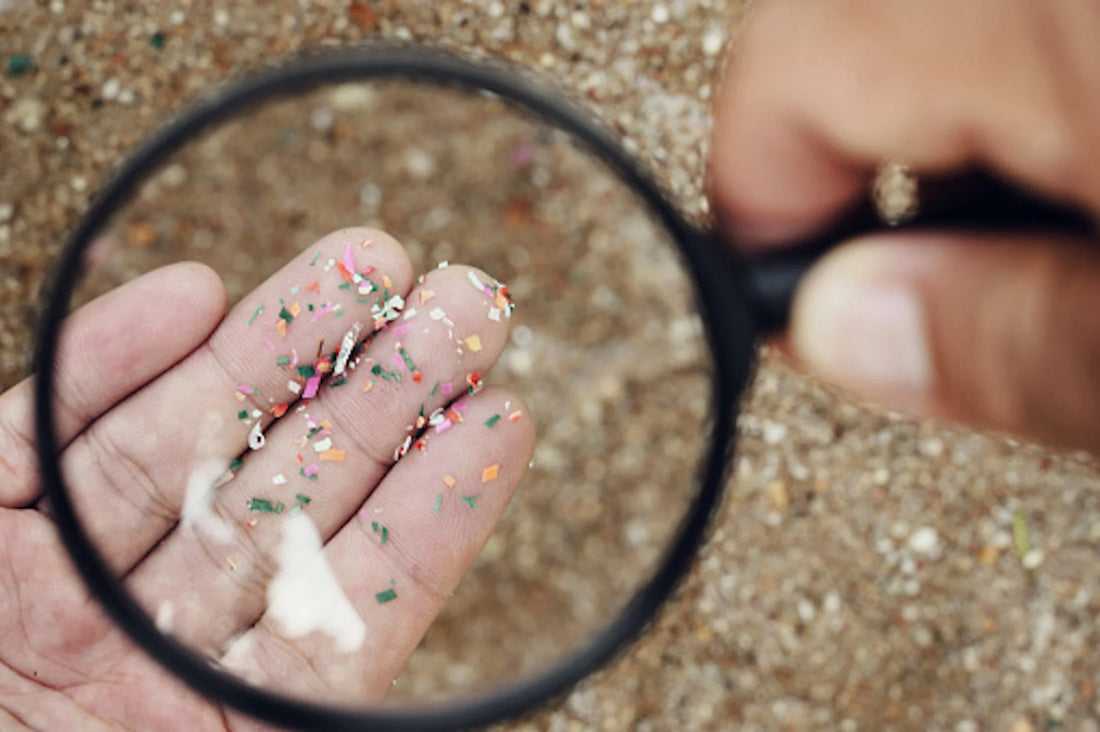
Globally, we produce over 320 million tons of plastic each year, with 40% of it being single-use packaging. By 2050, it's predicted that there will be more plastic by weight in the ocean than fish. Despite efforts to reduce plastic waste, only 9% of it is recycled globally, with the UK managing a better (yet improvable) 37%. It's undeniable that plastics are everywhere in modern life, but what are micro plastics?
What are micro plastics and why are they bad for the environment?
Microplastics are plastic particles less than 5 millimetres in size, originating from the breakdown of larger plastic debris and from small particles intentionally produced for commercial use, such as washing detergents and toothpaste. These tiny particles are particularly challenging to capture and remove because of their size and ubiquity. Microplastics can easily disperse through water and air, making their way into various ecosystems and, ultimately, our bodies.
Microplastic fibres from magic erasers
A significant source of microplastic pollution comes from everyday cleaning products. A recent study highlighted that magic erasers, more technically called 'melamine sponges', release approximately 6.5 million microplastic fibres for every gram of sponge you use. This poses a substantial environmental threat as these fibres can easily enter water systems and, once embedded, are almost impossible to remove, devastating the ecosystem and food chain they invade.
In contrast, Seep’s sponge scourer alternative is made of loofah and wood pulp. These materials are fully biodegradable, ensuring they break down naturally without releasing harmful microplastics into the environment.
Hidden plastics in everyday items
Both literally and figuratively, plastics and microplastics are often hidden in plain sight. Test yourself and see which of these everyday products you knew contained plastic:
-
Chewing gum — contains synthetic rubber, a form of plastic.
-
Tea bags — with 61 billion consumed annually in the UK, it's a shame that most teabags require plastic fibres to seal them.
-
Bottle caps — often overlooked but significant contributors to plastic waste.
-
Envelopes — the plastic windows and seals are typically not recyclable.
-
Drink cartons — many are lined with plastic to prevent leaks.
-
Coffee takeaway cups — often have plastic linings, making them difficult to recycle.
-
Wet wipes — usually contain plastic fibres.
Microplastics in humans
Given just how prevalent plastics are in our lives, it's no surprise that more research is discovering a greater presence of microplastics in human bodies. In particular, microplastics have been found in the blood and lungs, potentially burdening breathing and compromising longevity. Most alarmingly, the first evidence of microplastics in human placentas was reported in a study from Rome, indicating that these particles can cross from mother to foetus, potentially impacting foetal development.
So, what can we do?
Given the pervasive nature of plastic and microplastic pollution, it's imperative that we rethink our use of plastics, especially in everyday items. Here are just some ideas:
- Buy smart: fruit and veg should never need a wrap and, where necessary, try looking out for biodegradable or recyclable packaging in your weekly shop instead.
- Plan ahead: planning several meals at once means you can buy in bulk, which requires less packaging and may even save you a few quid.
- Go plastic-free: substitute plastic washing up tools with plastic-free alternatives, so that no microplastic residues left on your kitchenware end up starring in your next meal.
As we participate in Plastic-free July 2024, let’s commit to making more sustainable choices and raising awareness about the hidden plastics in our lives. By doing so, we can contribute to a cleaner, healthier planet for future generations.
Sources
- Antonio Ragusa et al. (2021). Plasticenta: First evidence of microplastics in human placenta. Environment International, 146, 106274.
- National Geographic. (2022). Microplastics are in our bodies. How much do they harm us? Link.
- Su et al. (2024). Mechanochemical formation of poly(melamine-formaldehyde) microplastic fibers during abrasion of cleaning.

